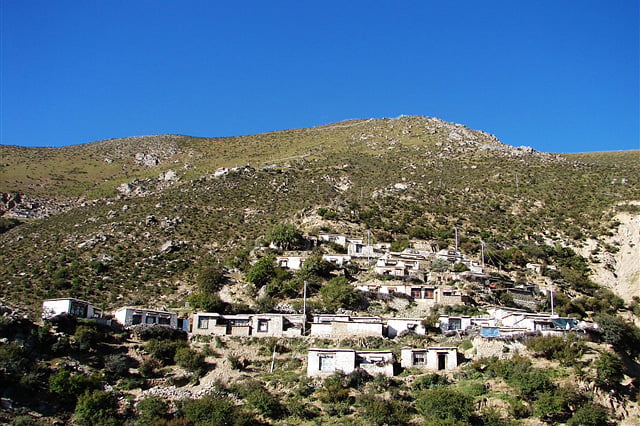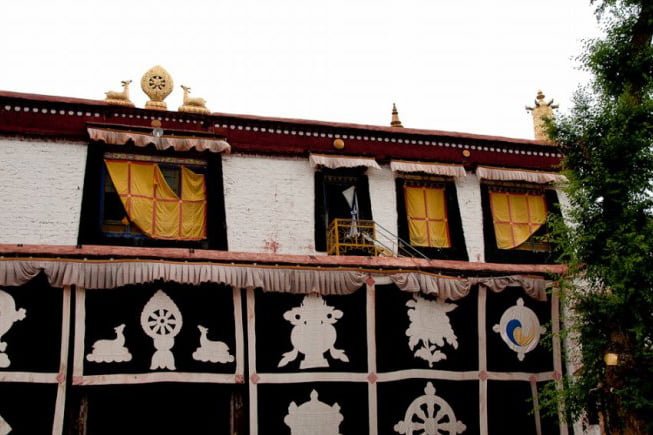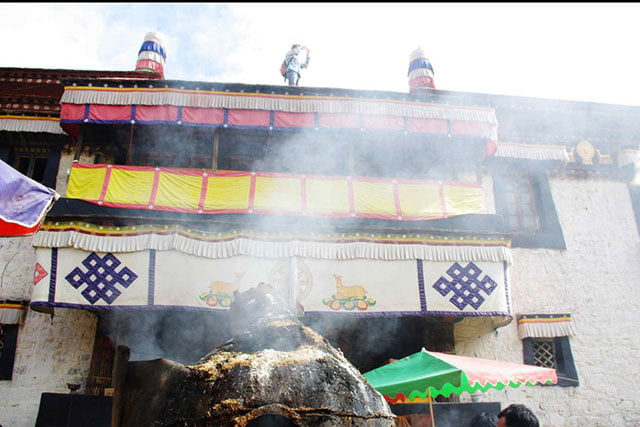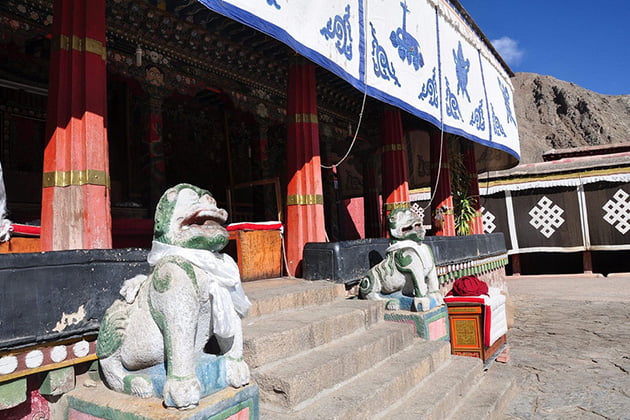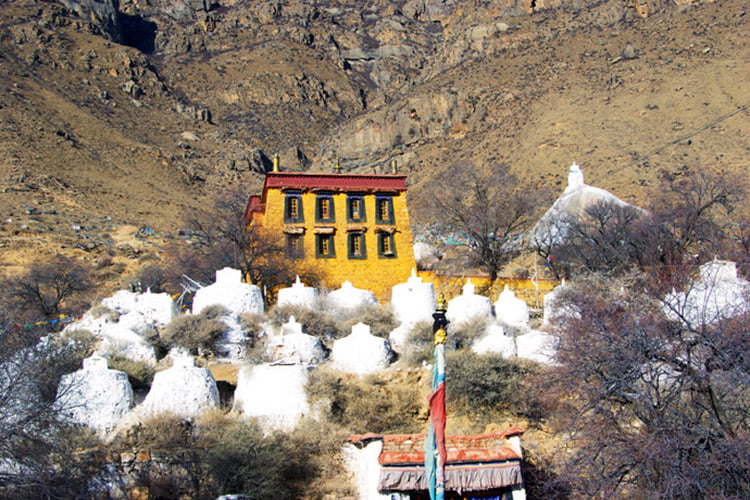About Wara Monastery
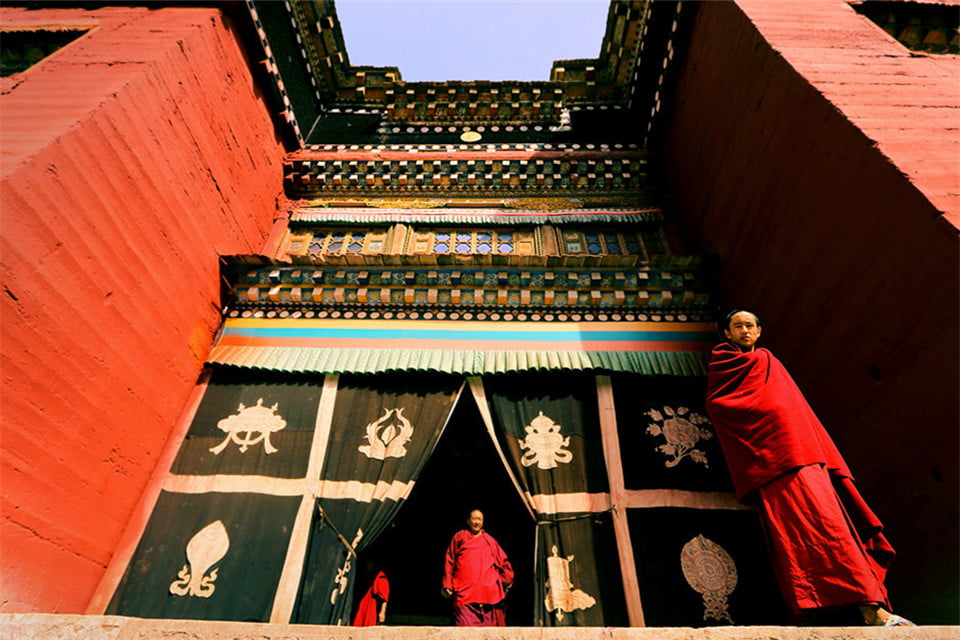
Wara Monastery, one of the main monasteries of Sakya lineage, is located in Jomda County of Chamdo Prefecture, easternmost of Tibet. It is famous for the place of peacock (auspicious bird in Tibetan Tantra) spread its tail and the Wara River goes around here as twins golden fish.
Wara Monastery boasts a long history, which is a giant landmark as the first big Tibetan Buddhist temple when tourists or traders entering Tibet through its neighbour Sichuan Province via the Sichuan-Tibet Highway. There are over 200 monks presently.
Wara Monastery belonged to White Bon Religion and transformed into Sakya Tradition by Chogyal Phagpa, who bestowed several supreme Buddha status and guardian statues here. It had been the ancestral monastery of Dege Jarbo.

The great Founder Guru Chogyal Phagpa had turned wheel of Dharma here and left the statue of Protector Gampo with knife and other precious gems. H.E. Dangqu Denpa became monk here in his childhood. Several generations of Sakya Trizin and Sakya Khenpos used to spread Dharma and benefit beings here.
The Dharma teachings in Wara monastery are Sakya Lamdre chiefly, and the Non-sectarian teachings of Dzogchen, Mahamudra. Sakya Wara Buddhism College just situates on the side of the Wara Monastery. The college was established by Genzon Chenlin Trokyi Gyaltsen Rinpoche, that is a large non-sectarian Buddhism College, It is also the largest Buddhism College of Sakya in Tibet at present.
The College has 300 dormitories and over 15 thousand square meters. The hall can hold more than a thousand people to recite Sutras and practice.

Tips of Wara Monastery
There are many meditation rooms for monks living there. You are not advised to interrupt them while they are practicing.

